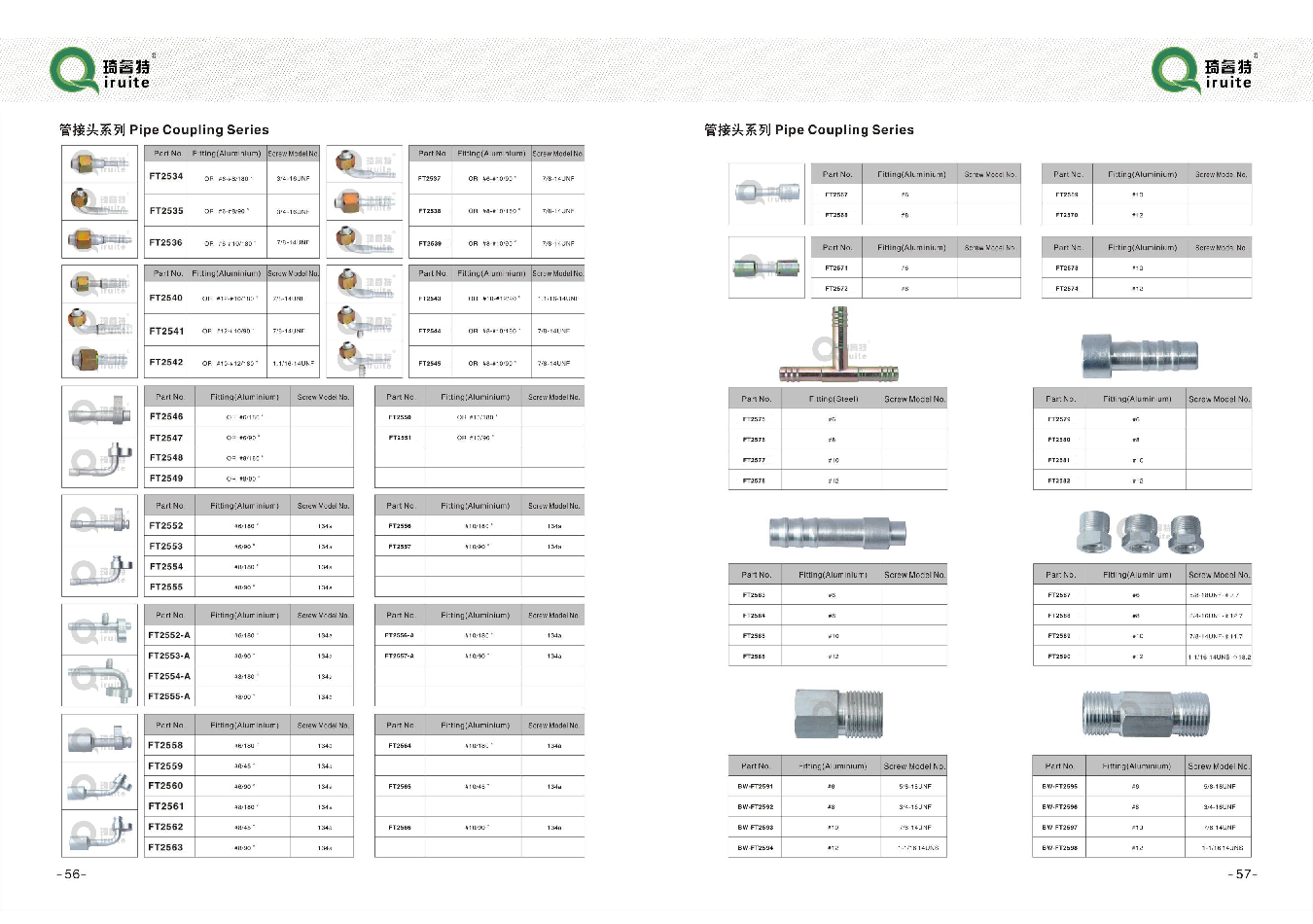DIY Guide to Creating Your Own Power Steering Hose Efficiently and Affordably at Home
DIY Power Steering Hose A Comprehensive Guide
When it comes to maintaining your vehicle, the power steering system is often overlooked. This system is crucial for providing effortless steering, and a well-functioning power steering hose is integral to its operation. If you're experiencing issues such as leaks or a whining noise when steering, it may be time to replace your power steering hose. Opting for a DIY approach can save you money and provide a rewarding experience. In this guide, we'll walk you through the steps of replacing your power steering hose yourself.
Understanding the Power Steering Hose
The power steering hose is responsible for transporting hydraulic fluid from the power steering pump to the steering gear, allowing for smooth and responsive steering. There are typically two types of hoses high-pressure and low-pressure hoses. The high-pressure hose conveys fluid from the pump to the steering gear, while the low-pressure return hose directs fluid back to the pump. Understanding which hose is faulty is critical for an effective repair.
Tools and Materials Needed
Before you start the project, ensure you have the following tools and materials on hand
- Safety goggles and gloves - Wrench set (including flare nut wrenches) - Screwdrivers (flathead and Phillips) - Power steering fluid - Replacement power steering hose - Fluid catch pan - Rags for cleanup
Steps to Replace the Power Steering Hose
1. Safety First Start by parking your vehicle on a flat surface and engage the parking brake. Make sure you wear safety goggles and gloves to protect yourself from any splashes of fluid.
diy power steering hose

2. Locate the Hose Open the hood and locate the power steering pump, usually situated on the front of the engine. Follow the hose from the pump to identify whether it’s the high-pressure or low-pressure hose that needs replacing.
3. Drain the Fluid Place a fluid catch pan under the power steering pump. Loosen the power steering reservoir cap and remove the high-pressure hose first (if that’s the one being replaced). This will allow fluid to drain into the pan. Be prepared for some spills – hence the rags!
4. Remove the Hose Using the appropriate wrench, loosen and remove the fittings securing the hose at both ends. Depending on your vehicle, you may need to remove clips or additional components. Keep track of any washers or mounting brackets, as you'll need them when installing the new hose.
5. Install the New Hose Take your new power steering hose and attach it to the appropriate fittings, ensuring that it is securely fastened. It’s essential to avoid overtightening, as this can damage the hose or fittings.
6. Refill the Power Steering Fluid After installing the new hose, refill the power steering fluid reservoir with the manufacturer's recommended fluid. Be sure to check your vehicle’s manual for the correct specifications.
7. Check for Leaks Start your vehicle and allow it to run for a few minutes while turning the steering wheel from lock to lock. This action helps to circulate the new fluid and remove any air bubbles from the system. Carefully inspect the hose connections for any sign of leaks.
8. Clean Up Dispose of the used fluid responsibly and clean up any spills to prevent environmental contamination.
Conclusion
Replacing your power steering hose may seem daunting, but it’s a manageable task for those willing to get their hands dirty. With the right tools and a little bit of patience, you can improve your vehicle’s steering response and prolong its lifespan. Remember, regular checks on your power steering system can prevent costly repairs in the future. Happy DIY-ing!
-
Ultimate Spiral Protection for Hoses & CablesNewsJun.26,2025
-
The Ultimate Quick-Connect Solutions for Every NeedNewsJun.26,2025
-
SAE J1401 Brake Hose: Reliable Choice for Safe BrakingNewsJun.26,2025
-
Reliable J2064 A/C Hoses for Real-World Cooling NeedsNewsJun.26,2025
-
Heavy-Duty Sewer Jetting Hoses Built to LastNewsJun.26,2025
-
Fix Power Steering Tube Leaks Fast – Durable & Affordable SolutionNewsJun.26,2025

